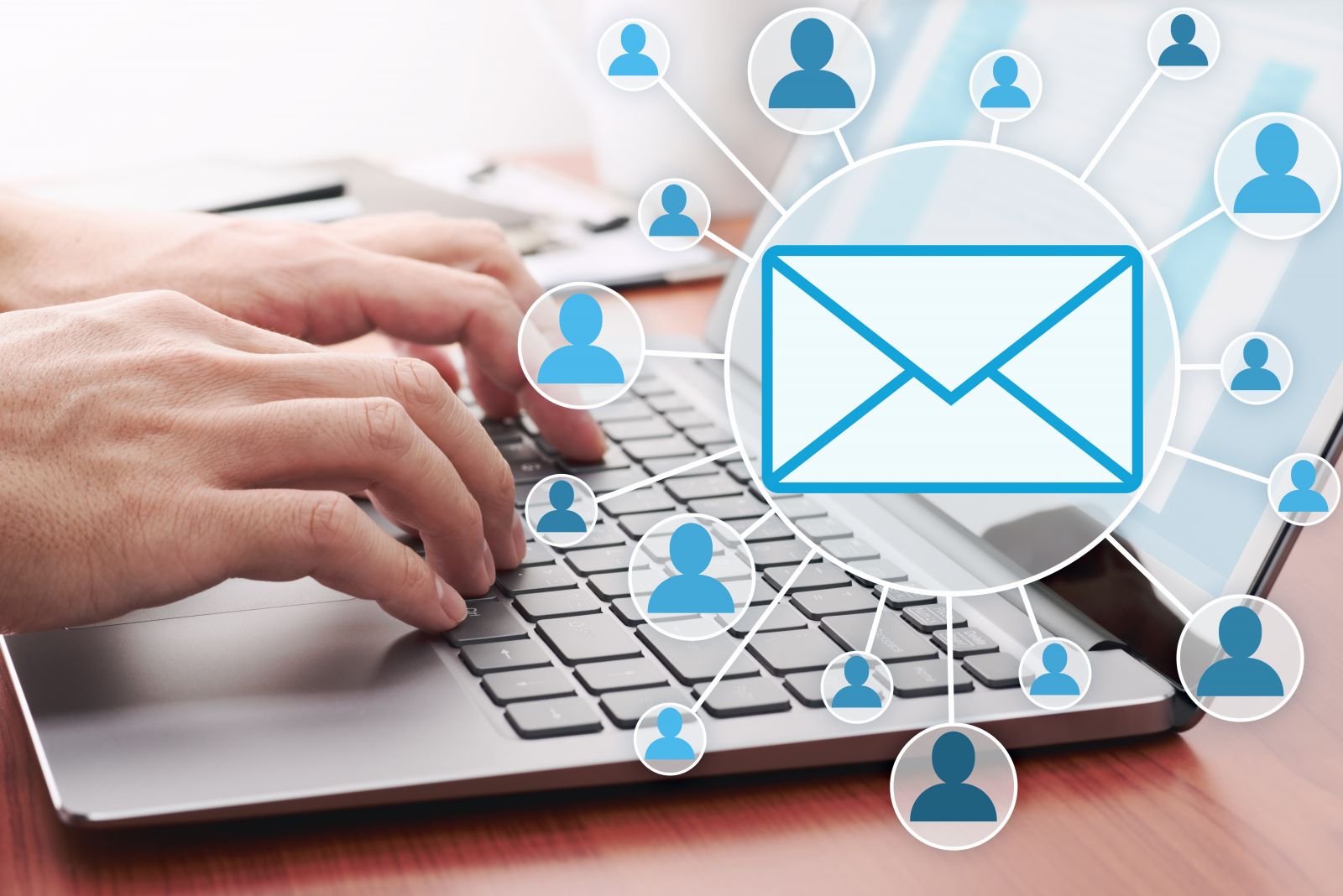Optimizing Email Deliverability: Best Practices for Success
September 27th, 2024

In the digital age, email remains a cornerstone of business communication and marketing. However, even the most well-crafted email campaigns can falter if your messages fail to reach your recipients’ inboxes. Email deliverability is a crucial factor in ensuring that your emails not only get delivered but also achieve their intended impact. This article explores best practices for optimizing email deliverability, helping you maximize the effectiveness of your email campaigns and achieve greater success.
Understanding Email Deliverability
Email deliverability refers to the ability of your emails to successfully reach the recipient’s inbox rather than ending up in the spam or junk folder. High deliverability rates are essential for ensuring that your messages are seen and acted upon. Factors influencing deliverability include sender reputation, email content, and recipient engagement.
Best Practices for Enhancing Email Deliverability
-
Build and Maintain a Clean Email List
A clean and up-to-date email list is fundamental to successful email deliverability. Regularly review and update your list to remove inactive or invalid email addresses. This reduces the risk of sending emails to non-existent addresses, which can negatively impact your sender reputation.
-
Use Double Opt-In: Implement a double opt-in process where subscribers confirm their subscription by clicking a link in a confirmation email. This ensures that the email addresses on your list are valid and that subscribers genuinely want to receive your emails.
-
Regularly Clean Your List: Use email verification tools to identify and remove invalid or inactive addresses. This helps prevent bounce rates from affecting your deliverability.
-
-
Optimize Your Sender Reputation
Your sender reputation plays a critical role in determining whether your emails land in the inbox or the spam folder. Several factors contribute to your sender reputation:
-
Authenticate Your Domain: Implement email authentication protocols such as SPF (Sender Policy Framework), DKIM (DomainKeys Identified Mail), and DMARC (Domain-based Message Authentication, Reporting, and Conformance). These protocols help verify that your emails are coming from a legitimate source and improve your credibility with email providers.
-
Monitor Your IP and Domain Reputation: Use tools to track the reputation of your sending IP address and domain. Consistently high bounce rates, spam complaints, or other issues can harm your reputation.
-
-
Craft Engaging and Relevant Content
Engaging content not only captures your audience’s attention but also encourages positive interactions, such as opens and clicks. These interactions signal to email providers that your emails are valuable, which can boost deliverability.
-
Personalize Your Emails: Tailor your content to the recipient’s preferences and behavior. Personalized emails have higher engagement rates, which can improve deliverability.
-
Avoid Spammy Language: Refrain from using excessive promotional language, all caps, or spammy words (e.g., “Free,” “Guaranteed,” “Act Now”) that may trigger spam filters.
-
-
Monitor and Improve Engagement Rates
Engagement metrics, such as open rates, click-through rates, and response rates, influence your email deliverability. Higher engagement signals to email providers that your content is relevant and well-received.
-
Segment Your Audience: Divide your email list into segments based on demographics, behavior, or preferences. This allows you to send more targeted and relevant content, which can improve engagement rates.
-
Test and Optimize: Conduct A/B testing on subject lines, email content, and send times to determine what resonates best with your audience. Use the insights gained to refine your email strategies.
-
-
Manage Email Frequency and Timing
Finding the right balance in email frequency and timing is crucial for maintaining a positive relationship with your subscribers.
-
Avoid Over-Sending: Sending too many emails can lead to subscriber fatigue and increase the likelihood of recipients marking your emails as spam. Establish a consistent schedule that aligns with your audience’s preferences.
-
Consider Timing: Analyze your audience’s behavior to determine the best times to send emails. Sending emails when recipients are most likely to engage can enhance deliverability and effectiveness.
-
-
Ensure Compliance with Regulations
Compliance with email marketing regulations, such as the CAN-SPAM Act and GDPR (General Data Protection Regulation), is essential for maintaining good deliverability and avoiding legal issues.
-
Provide Clear Opt-Out Options: Include a clear and easy-to-find unsubscribe link in every email. This allows recipients to opt out if they no longer wish to receive your messages, reducing the likelihood of spam complaints.
-
Respect Subscriber Preferences: Honor subscriber preferences regarding email frequency and content. Ensure that you are only sending emails to those who have opted in and are interested in your content.
-
-
Use a Reputable Email Service Provider
Choosing a reputable email service provider (ESP) can significantly impact your deliverability. An experienced ESP can provide valuable tools, support, and infrastructure to help you manage your email campaigns effectively.
-
Evaluate Deliverability Features: Look for ESPs that offer features such as email authentication, deliverability monitoring, and spam filter testing.
-
Seek Support and Guidance: Work with your ESP to address any deliverability issues and get advice on best practices for improving your email performance.
-
Conclusion
Optimizing email deliverability is a multifaceted process that involves managing your email list, crafting engaging content, and adhering to best practices. By focusing on these areas, you can improve the chances of your emails reaching the inbox and achieving their intended goals. Implementing these best practices will not only enhance your email deliverability but also contribute to the overall success of your email marketing efforts. With the right strategies and tools in place, you can build stronger connections with your audience and drive greater results from your email campaigns.